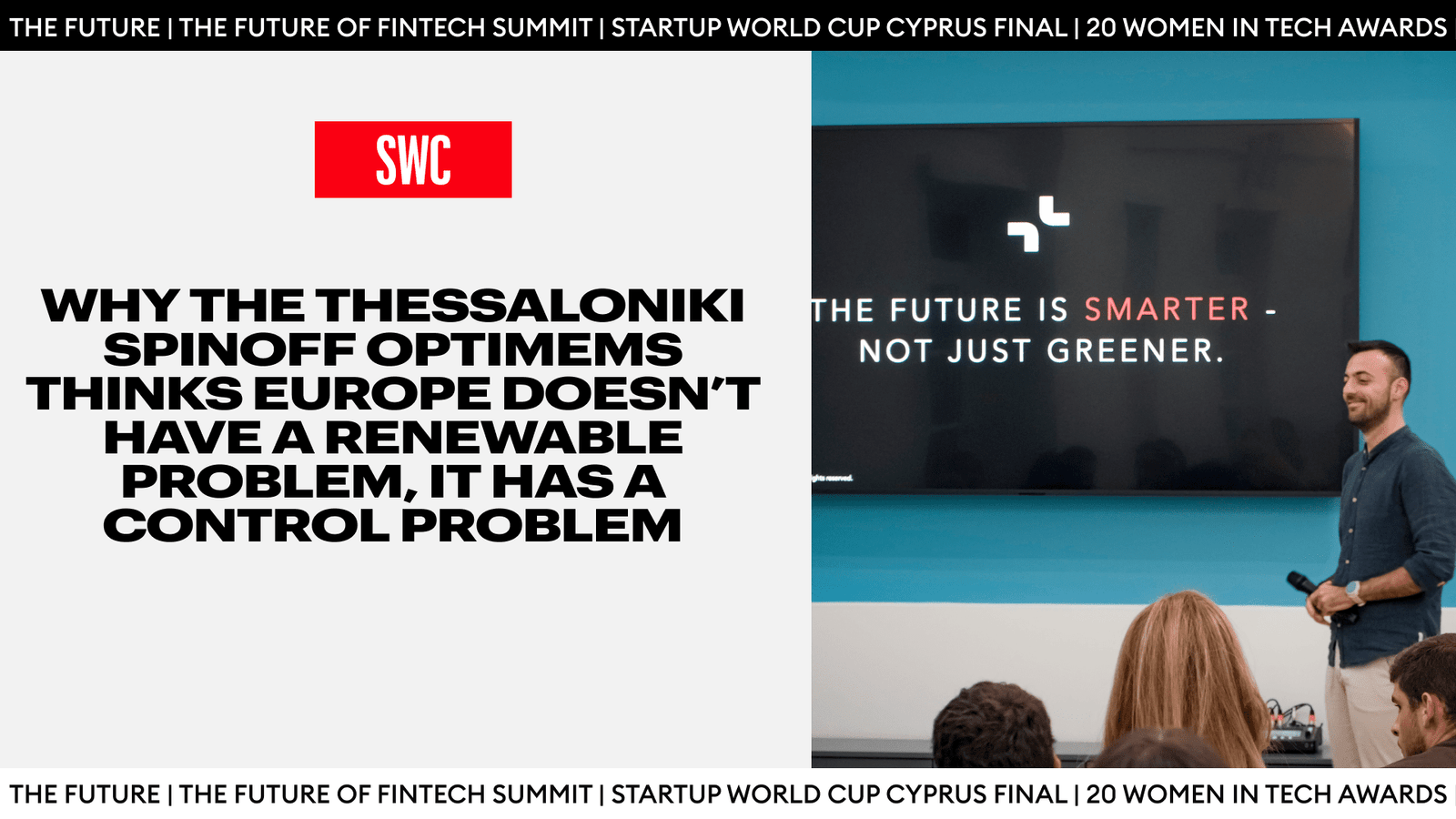For decades, Americans have enjoyed an unspoken economic pact: while big-ticket expenses—housing, healthcare, education—skyrocketed, consumer goods stayed remarkably cheap. A 65-inch TV that once cost $1,500 now sells for under $500. Fast fashion, discount electronics, and impulse buys on Temu offered a kind of consolation prize for a generation locked out of homeownership and burdened with student debt. But that era is slipping away, and fast.
With inflation stretching household budgets, tariffs are set to hit the last bastion of affordability: cheap stuff. Treasury Secretary Scott Bessent recently dismissed low-cost goods as irrelevant to the “American dream.” But for millions, they’ve been a defining feature of modern life. And now, even that is under threat.
Follow THE FUTURE on LinkedIn, Facebook, Instagram, X and Telegram
The Rise (And Looming Fall) Of The Cheap Goods Economy
It wasn’t always like this. In the pre-industrial era, possessions were limited and built to last. Then came mass production, planned obsolescence, and the credit-fueled consumer economy. The promise of abundance was irresistible: why own one quality item when you could buy ten at a fraction of the cost? Globalization turbocharged this dynamic, outsourcing production to lower-wage countries and flooding the U.S. market with inexpensive imports.
But the system had an inherent flaw: its reliance on low-cost foreign manufacturing. Trump’s protectionist trade policies are now putting that foundation at risk. Tariffs on Chinese goods pushed production to Mexico, but now, additional levies on Mexican imports could force another costly shift. Retailers like Best Buy and Target are already warning of rising prices. If Trump follows through on threats of a 25% tariff on Mexican imports, expect the costs of everyday essentials—clothing, toys, and electronics—to surge.
Cheap No More: What Happens When The Price Of Everything Goes Up?
For decades, the American economy has been built on endless consumption. After 9/11, citizens were urged to shop as an act of patriotism. Today, materialism is practically a civic duty. Even sustainability-conscious consumers indulge in Shein hauls while wealthier shoppers fill their carts on Temu. The reality? Cheap goods have been a rare equalizer in an increasingly unequal economy.
Now, that balance is tipping. TVs are a prime example: a decade ago, 49% of U.S. TV imports were assembled in China. Tariffs forced manufacturers to relocate to Mexico, which now produces 60% of them. But with new tariffs looming, companies are scrambling for alternatives. Some production may shift to other countries, but Trump’s unpredictable trade policies mean no supply chain is safe from disruption.
“The system has been built on perpetual expansion,” says historian Susan Strasser. “But we don’t have experience with contraction.” And that contraction is coming.
A Shift In Mindset—Or Just Higher Prices?
The age of cheap, disposable goods has had undeniable downsides: environmental degradation, exploitative labor practices, and a culture of excess. In theory, higher prices could force a shift toward quality over quantity. But in practice, tariffs won’t make products better—just more expensive. That $500 TV won’t suddenly be built to last; it will just cost $700.
Consumers accustomed to endless choice and affordability may find the adjustment painful. But the reality is, the American dream—at least as we’ve known it—isn’t just about homeownership and upward mobility. It’s about the little luxuries, the affordable splurges, and the ability to buy without thinking twice.
And now, even that is slipping away.











